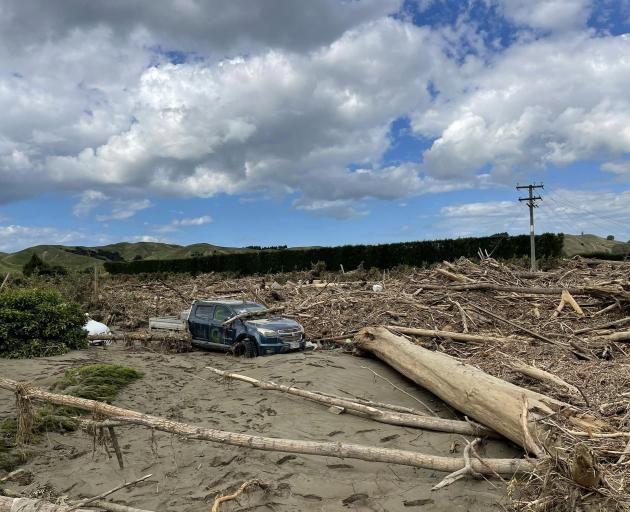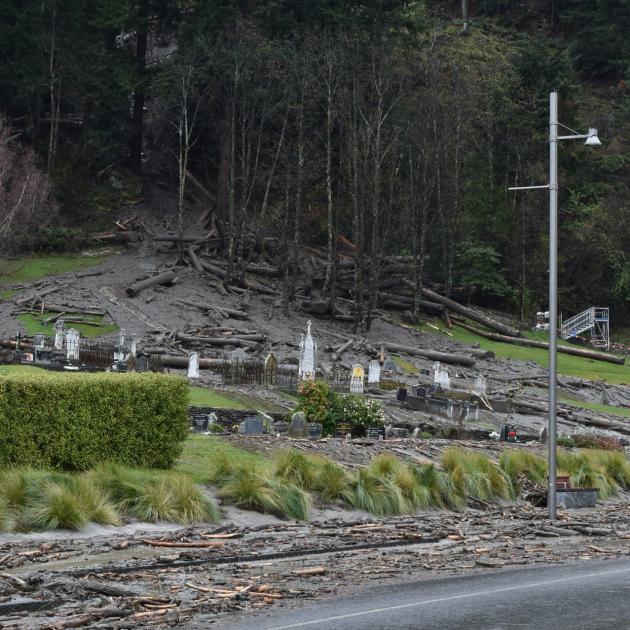
At last week’s Otago Regional Council meeting, Southern Wood Council chairman Grant Dodson spoke about the organisation’s concerns with the council’s draft environmental standards for forestry in the council’s proposed land and water regional plan.
"Otago is a very benign environment; there’s no red-zone land in the region. On that basis, the national environmental standard for forestry is an entirely appropriate instrument."
Coverage since the fallout of Cyclone Gabrielle last year has focused on aspects such as the damage that slash — a forestry byproduct — caused to local infrastructure in the East Coast.
Under national regulations, slash longer than 2m and with a large-end diameter of more than 10cm must be removed after harvesting from erosion-prone land unless it is unsafe to do so.
Council general manager for regional planning and transport Anita Dawe said slash tended to occur at two stages during a forestry cycle.
"The first is during forest growth when pruning and thinning occur — this is generally of lower risk, and under the draft plan this is largely left to the controls under national environmental standards for commercial forestry.
"The second is at harvest — this is higher risk, due to the removal of vegetation cover at harvest, and is one of the components that can be managed through the controlled activity consent for harvesting."

"You’ve got to remember that this was not commercial forestry — it was owned by the Queenstown Lakes District Council.
"The QLDC are clearing away very large Douglas Fir trees, which had turned into wilding pines, off a cliff at the top of town near the Gondola.
"As a regulator, the council needs to be in control of their own destiny."
Much of the wilding pine issues in Otago were down to "legacy practices", he said.
"They’re undeniably a significant issue, but wilding pines were not primarily an issue of present forestry owners.
"Forestry owners certainly take cleaning up of wilding pines both inside and outside their boundaries seriously, but it’s a much bigger problem than the commercial forestry industry."
Most of Otago’s soils were rated "green" or "yellow", meaning the region’s land formations were largely stable and not as prone to erosion, he said.
"If you go up into the East Coast catchments, those soils are predominantly red-zoned and highly erosion-prone."
The council’s land and water regional plan will be re-notified in October.












